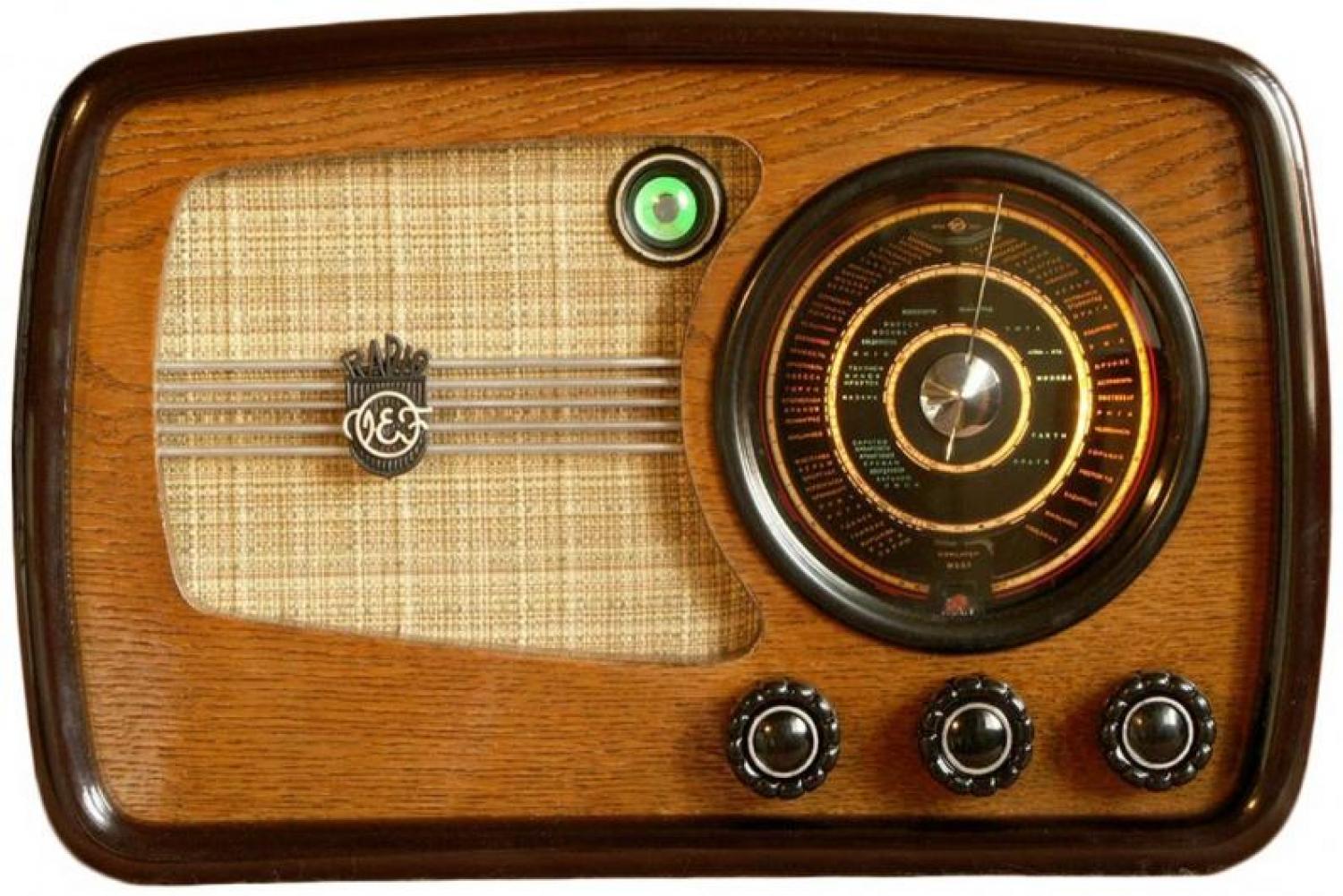An indispensible item in a modern race car, radio arrived at Le Mans in 1949 and has never stopped evolving since.
As soon as 1926, Alfred Neubauer understood the advantage he could get if he could communicate with his drivers during the race. As a result, the Mercedes racing director invented a technique that would become the norm: the pitboard. With simple plaques, he could communicate various points such as "come in to the pits," "slow down," or "stay behind your teammate." Although the method is perfectly efficient in one direction, it doesn't allow the driver to respond in real time. Teams and drivers would have to way almost a quarter century before a solution to this problem is found.
In 1941, the Battle of Britain was won partly thanks to radio communication between the airplane pilots and the Royal Air Force strategists. Far advanced in this domaine, the British transferred their know-how to race cars immediately following the war. Radio's first application during a race came from Peter Clark, who in 1948, equipped his HRG with a bi-directional radio for the 24 Hours of Spa.
The invention is used the following year at Le Mans (1949), the first edition of the race after the war, on the Simca 8 driven by Norbert Jean Mahé and Roger Crovetto. In 1950, the American Briggs Cunningham installed a similar system in his two Cadillacs (the" Monstre" and the "Petit Pataud"). Even better: in 1955, the Salmson Spyder equipped with an emitter and receptor allowing Jean-Paul Colas to comment on his race live on ORTF radio, his voice being captured by a laryngophone! Unfortunately, after the horrific accident of Pierre Levegh at around 6:25p.m., the radio signals were redirected and the media adventure was cut short. Nonetheless the revolution had begun!
Julien HERGAULT / ACO - Tranlated by Rainier Ehrhardt / ACO

